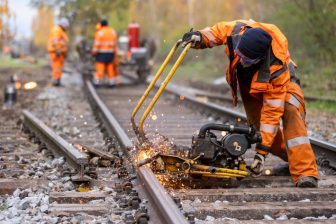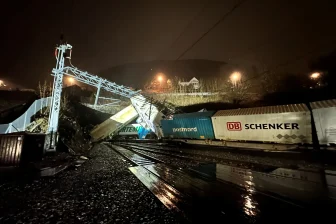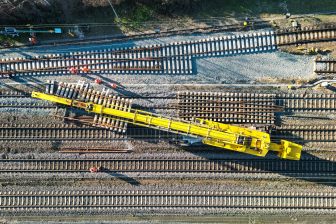‘Rail connection to European ports should be on top of the list’
The interdependency of European ports and rail freight connections has been one of the topics on board of the Connecting Europe Express. In Europe, a large share of rail freight passes through its seaports, yet the modal split of rail hinterland connections varies greatly. According to EU policymakers, there is a lot to gain in improving these connections.
Want to read more?
You have read all of your free premium articles for this month. Please become a subscriber to keep reading.
Subscribe now!
Take advantage of our exclusive offer to get full access to all premium content.




